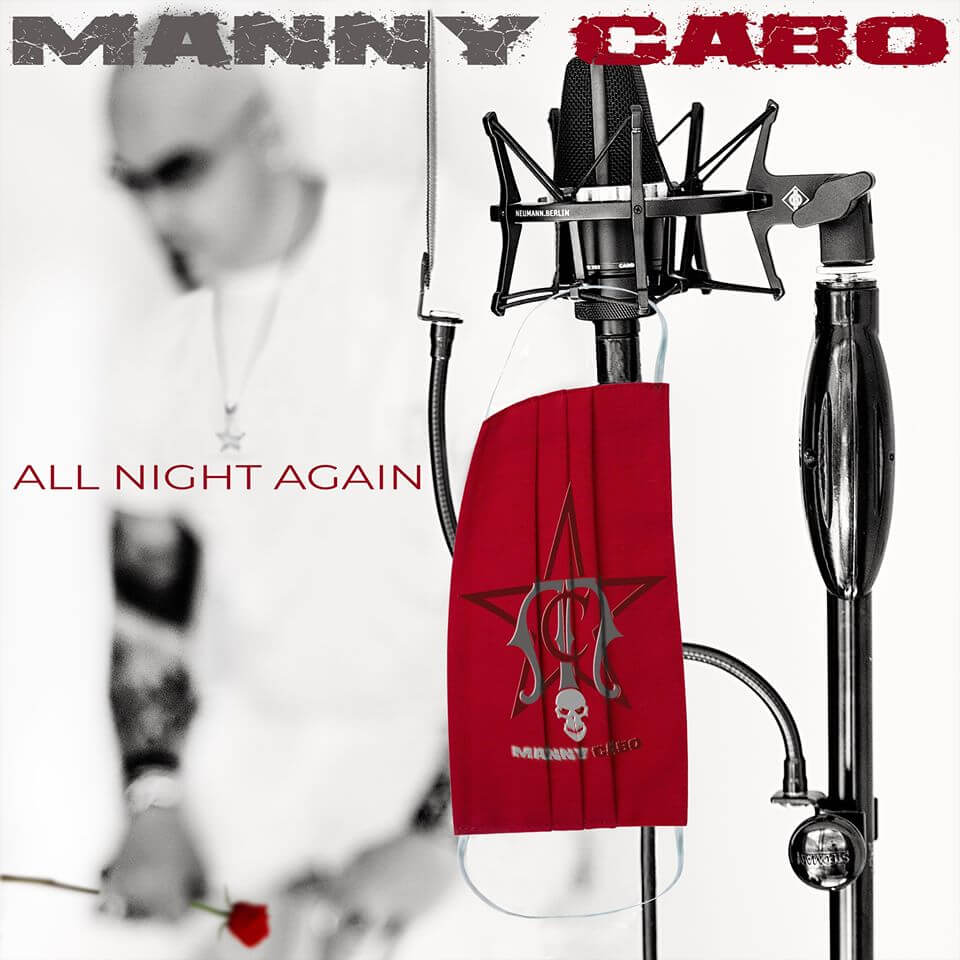“The Mask Hunter” by Anna Wilmans
“The mask, which seemed to glow despite the harsh fluorescent lighting, was hammered into the likeness of a man’s face. Not just an ordinary face, but that of a young and handsome man with deep-set eyes and cascading waves of hair. The lips were slightly parted, as if to speak,” archaeologist and author Anna Wilmans writes in her new book, a deft blend of history and thriller called The Mask Hunter. “As though waiting for that to happen, none of the four men spoke a word. They were an odd group of mismatched ages and nationalities. The one in the chair closest to the mask gave off a restless energy that was apparent even as he sat motionless, a coiled spring ready to explode…
He was the first to speak. ‘Where did you get this?’…The man he addressed looked to be somewhere in his sixties, wearing a grey pinstriped suit that screamed ‘Saville Row.’ A crisp white cuff discreetly sporting a monogrammed gold cuff link peeked out from each jacket sleeve. The cut of the garment cleverly disguised a midsection thickened by years of too many pastries and too little exercise. The man stroked his chin with a manicured hand, meeting the blue eyes across the table with his equally commanding brown ones. ‘All in due time, Roman. First, tell me what you think of it.’…
The blue-eyed man shrugged. ‘Well, my opinion is only a small part of any purchase the museum makes, and there is much to consider.’ His companion seemed to expect that reply. Both of them knew—in fact all four of the men knew—that the object on the table, literally and figuratively, was the most important piece of ancient art any of them had ever seen, and most probably ever would see. If it was real, and it certainly looked to be, it would be the greatest find to come to light since the opening of the tomb of Tutankhamun in 1922. Maybe even greater.”
So begins a fast-paced, really entertaining piece of work that doesn’t in any way put its historical context in jeopardy for the sake of a good story beat. There’s also this effortlessness to the way the story is told, a kind of natural unfurling that never results in any slack or sense of pretension. Take, for instance, how Wilmans writes following the cold open highlighting Alexander the Great’s invaluable death mask. “My name is Parthenia Guthrie, but most people call me Parthi. The most exciting thing for me is that I am here at the Warner, one of the world’s newest and best-known museums, in the final year of a two-year internship,” Wilmans writes of the protagonist, flashing to the year 1985. “I think I was born wanting to be an archaeologist. My ear- liest memories, the good ones at least, go back to when I was about four, burying pennies carefully wrapped in velvet in a corner of the backyard so people in the far future would find them and know I was here—and when, because of course the pennies had dates on them. Even at that young age I seemed to have sensed how important it was to assign dates to artifacts.”
By grounding everything through Parthi’s eyes in first-person, you get a sense of experiencing the story, events, and factual origin points in real-time. That’s what makes the story even more compelling.
Nicole Killian








